For the past few days Western Kingbirds have been very active on Antelope Island. Though I’m still trying to interpret some of their behaviors they appear to be in the process of selecting mates and/or nest sites.
The light was quite low for some of these images so there’s some noise due to the high ISO’s I was often using.
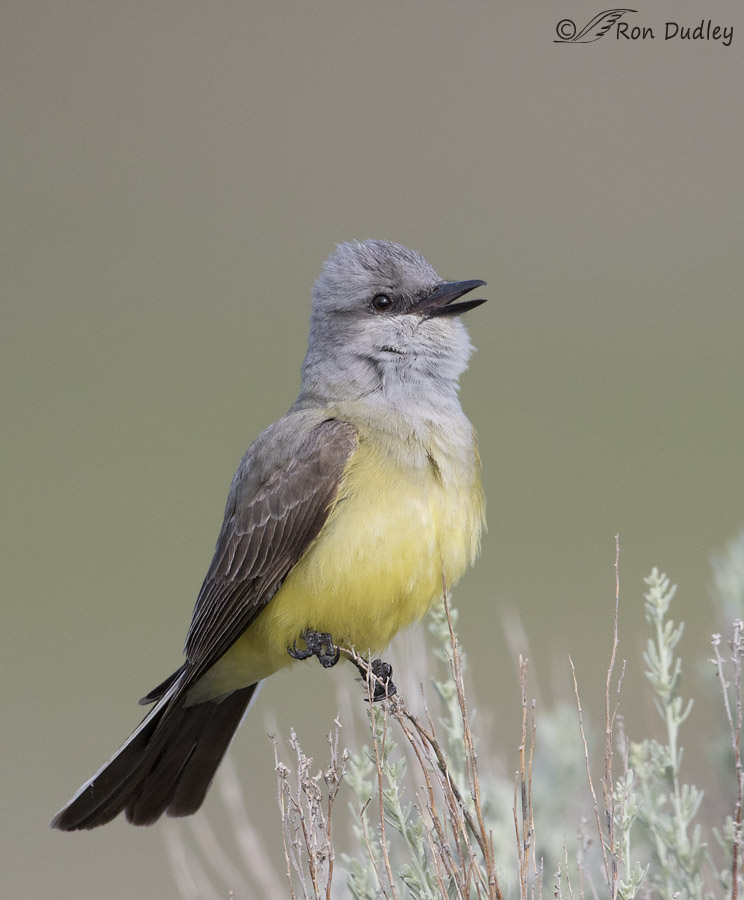
1/3200, f/6.3, ISO 1250, Canon 7D Mark II, Canon EF500mm f/4L IS II USM +1.4 tc, not baited, set up or called in
Groups of them, as many as 3 or 4 birds, fly from perch to perch and noisily interact with each other. Sometimes two of them visit what appears to be a potential nest site with other kingbirds nearby. This one came in close and sang for me for a few moments.
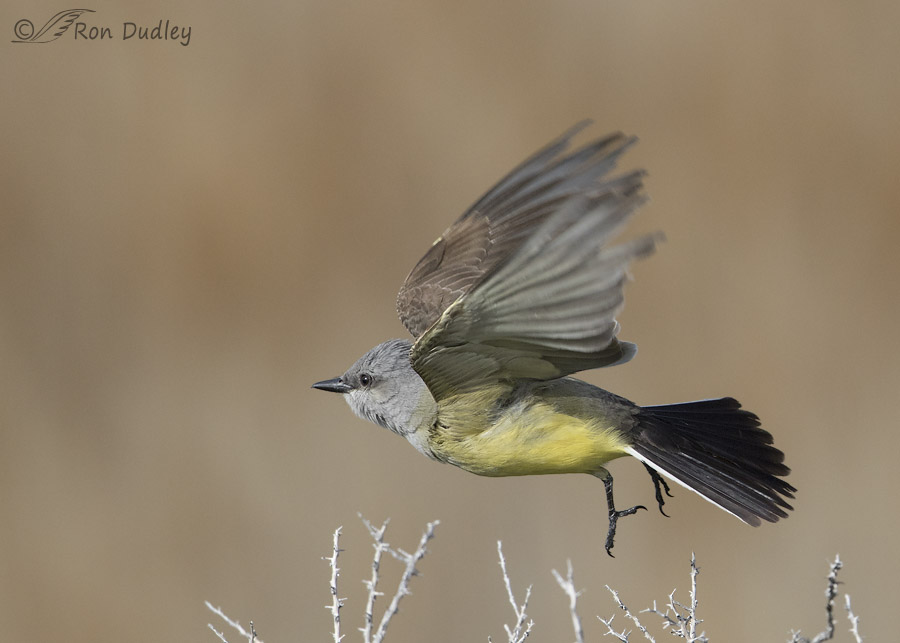
1/4000, f/6.3, ISO 800, Canon 7D Mark II, Canon EF500mm f/4L IS II USM +1.4 tc, not baited, set up or called in
I was able to catch this one taking off…
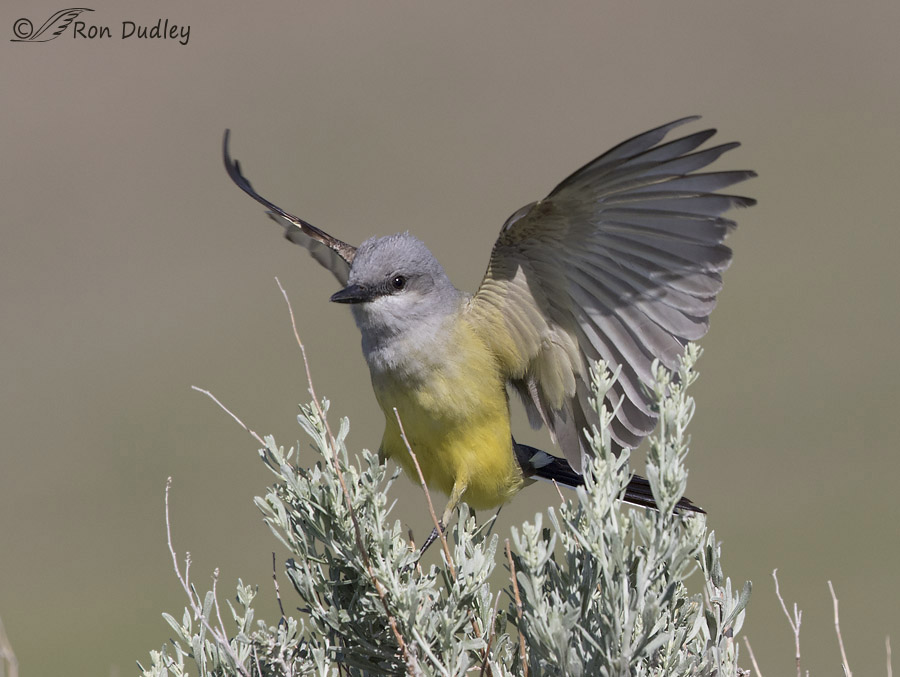 1/3200, f/7.1, ISO 500, Canon 7D Mark II, Canon EF500mm f/4L IS II USM +1.4 tc, not baited, set up or called in
1/3200, f/7.1, ISO 500, Canon 7D Mark II, Canon EF500mm f/4L IS II USM +1.4 tc, not baited, set up or called in
but I was more pleased by this image, largely because of its degree of difficulty. Landing shots of small birds are ridiculously difficult and in the few times I’ve succeeded in the past its been because I had pre-focused on the perch just before the bird arrived but this time I followed the bird into the perch with my lens. I got 4 shots as it was coming in but the wing positions didn’t appeal to me and there was no light in the eye in 3 of them. This is the only one of the bunch that I really like but the series gives me hope and encouragement to try the technique more often in the future.
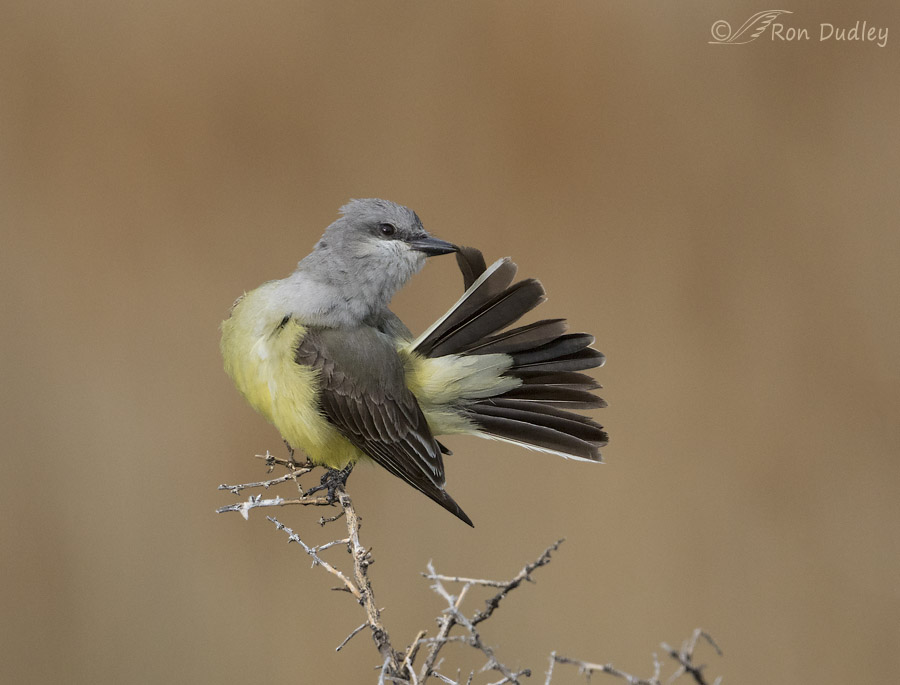
1/2500, f/6.3, ISO 1250, Canon 7D Mark II, Canon EF500mm f/4L IS II USM +1.4 tc, several twig tips removed, not baited, set up or called in
This bird preened and posed for me for some time. I wish it had been slightly closer but I especially like this pose, partly because it reveals the white outer edges of its outer tail feathers. Of the 8 species of Kingbirds found in North America only the Western Kingbird has this characteristic.
While I was photographing the bird as it preened I wished out loud for a wing stretch and a few moments later…
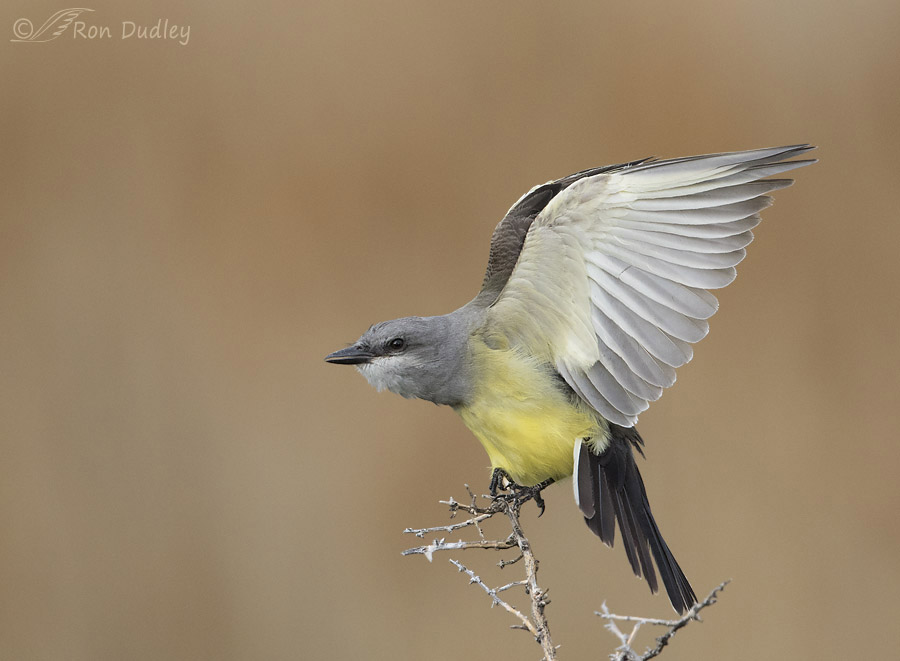 1/2000, f/6.3, ISO 1250, Canon 7D Mark II, Canon EF500mm f/4L IS II USM +1.4 tc, not baited, set up or called in
1/2000, f/6.3, ISO 1250, Canon 7D Mark II, Canon EF500mm f/4L IS II USM +1.4 tc, not baited, set up or called in
it accommodated me and threw in a nice spread of the tail for good measure. Getting this pose in a clean setting with good light and a catch light in the eye and the bill slightly open pleased me very much.
I just may have to try “wishing out loud” more often.
Ron


I love your “wishing” shot.
Fantastic shots Ron! Thanks so much for sharing!
Charlotte
Your wishes really are landing in your pocket at the moment. Love, love, love all these images. And on the other side of the world I am wishing (out loud) for a fraction of their flexibility. I suppose wishing for their beauty and flight is tooooo greedy.
EC, my next wish is going to be for sunlight. I’m growing mold where I used to have hair and I’m sick to death of clouds!
What a wonderful series Ron! Remember watching them in CA.
Thanks, Rima.
Great series. I specially like the third and fourth images. They are beautiful.
However I am concerned about that 31.4% rate you have mentioned. Being the pollinating leader we certainly need them for the biodiversity.
Here in Portugal bees are threatened by the pesticides and recently by a plague of Asian Wasps.
Thank you, Jorge.
I’m concerned about bees too. But kingbirds have been eating them for millennia with no apparent reduction in bee populations. The harmful effects of humans on bees worries me more.
Beautiful shots Ron. One of my favorite birds. I love their song, even though it is repetitious. We have a Western Kingbird that lands in our Pine Tree at 4am chatting away. I’m sure the bird is saying “it’s a beautiful morning, wake up”. A little too early for me though.
Send your kingbird my way, Jean. I’d love to have them in my yard and 4 AM is about my normal getting up time anyway.
You’re doing pretty well in the wish fullfiment department!…..I’m happy for you! I love all these shots of this cute, busy little bird…but especially the second to the last…the turned body, the fanned tail, the fluffy-puffy gray cheeks…also like how the colors of the foliage echoes the colors of the bird….nice! The last one with the ring stretch, makes me yawn for some reason….
Thank you, Patty. It’s funny what can trigger us to yawn, isn’t it? They’re so contagious…
It looks like stretch, yawn, poop, fly…I only find the stretch,yawn part contagious, fortunately….
You crack me up, Patty!
Another lovely series, Ron!! You are really have a great time out at your favorite stomping grounds, aren’t you?!!!!!
I sure do, Jo Ann. I’m very lucky to live fairly close to the island (although it does take me an hour to get there, including donut stop…)
Ron, your perfect shot of the bird preening made my day. Thanks also for pointing out the field markings.
You’re welcome, Diana. Glad you appreciated having the field mark pointed out.
Beautiful!!!!!
Thanks, Ellen.
Beautiful series! I am especially fond of the fourth one, because the bird looks a bit goofy. I also love how soft the feathers look in the first shot. Congrats on getting such a beautiful landing shot, too.
Thank you Susan. I like that fourth shot too, especially with the one tail feather pulled away.
Great images Ron. I love the color of the kingbirds against this beautiful colored background. This past week I noticed many kingbirds hanging around our beehives. My hope is that the rate of bees they catch is less than the rate of production of new bees :-). I am curious what their behavior means when two of them noisily flutter up vertically together and then diverge at the top of their climb?
Thanks, Ed. I’m not sure about the behavior you’re observing. One common behavior is called the “tumble flight” and it’s somewhat similar to what you’re describing but it’s performed only by males and they don’t “diverge” at the top of the climb, instead they tumble down before doing it again.
It’s interesting to me that you have seen Kingbirds going after bees. Recently I watched White-throated Swifts going after bees when we were at Hueco Tanks State Park & Historic Site (El Paso, TX), and that was unexpected for me.
Susan and Ed, One study showed that bees and wasps comprised 31.4% of their diet from March to October in California.